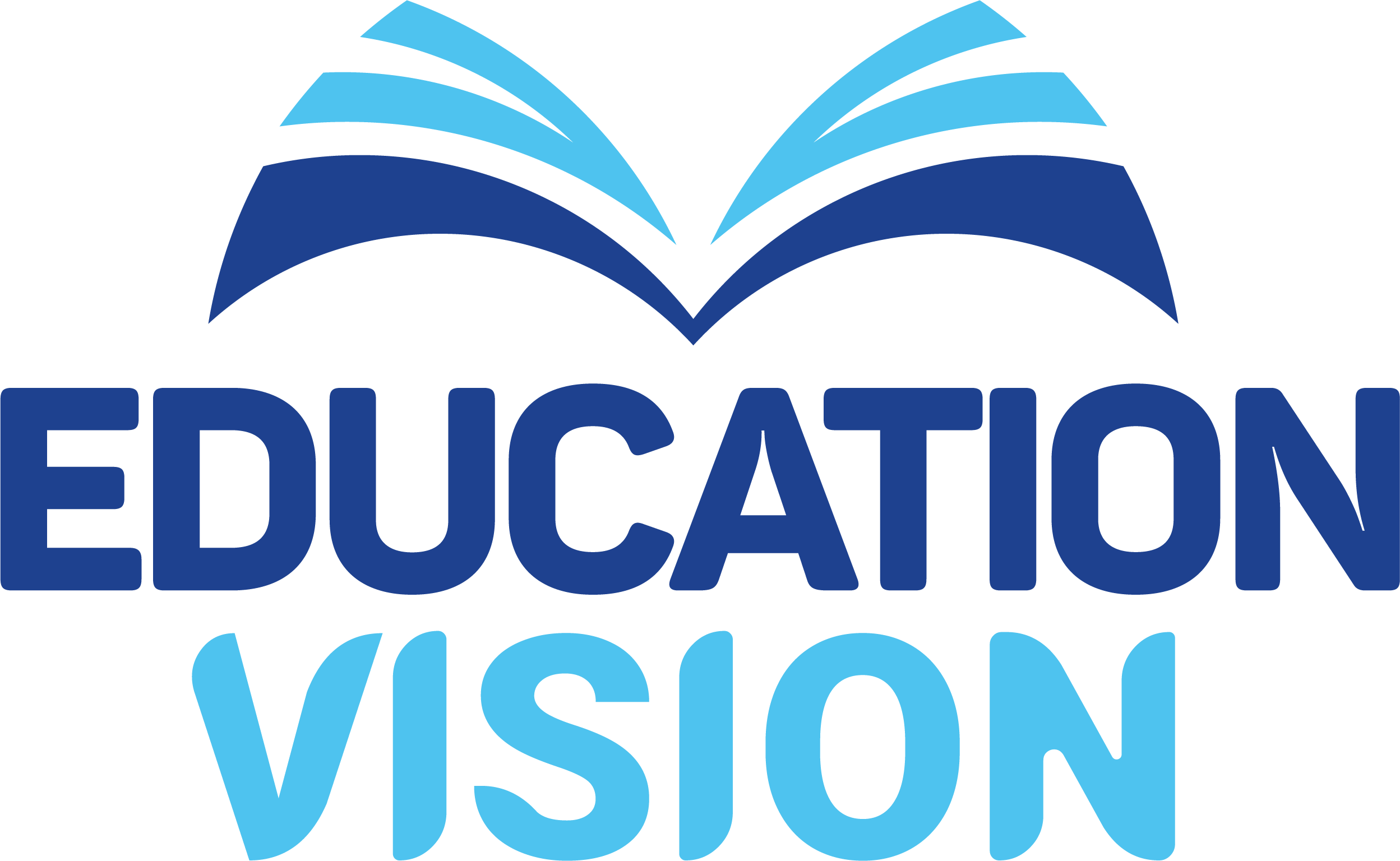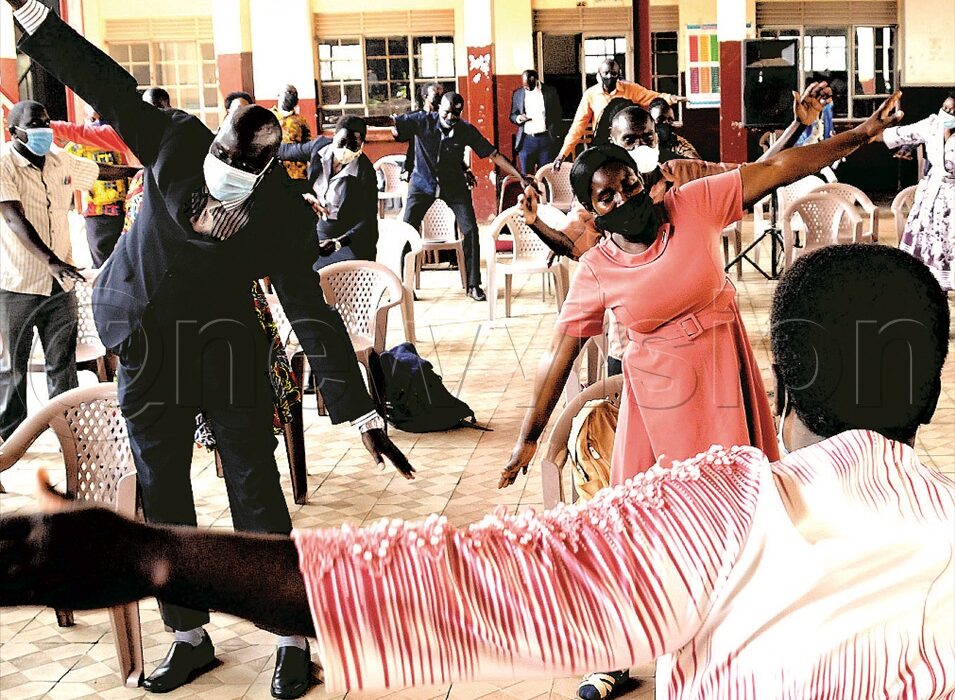By Martin Kitubi
The education sector has been hit by a shortage of female teachers. A recent report by the Government has revealed that just 26.98% of teachers at government-aided and government-owned secondary schools are females.
This has left an estimated 200 government-aided and government-owned secondary school without female teachers. The affected schools are mainly in hard-to-reach districts.
According to a report by the Education Service Commission, the recruitment body for government secondary schools, the affected schools have had to deploy male teachers to act as senior woman teachers.
This has complicated the provision of guidance and counselling in such schools, with female students shying away from male teachers.
This comes at a time when the number of female students is gradually increasing in public schools.
According to statistics, of the 826,466 secondary school students in government schools, 381,230 of them, representing 46.1%, are females.
Allen Jalia Nabirye, the district education officer at Mayuge, confirmed that some schools in her district have male teachers serving as senior women teachers.
Richard Iruuenyo, the Gulu city education officer, said: “We do not have any school without a female teacher in the city, but a number of rural schools have the challenge.”

Stock Of Female Teachers
In a recent interview with Sunday Vision, Rev. Prof. Samuel Abimerech Luboga, the chairperson of Education Service Commission, said there is a need to address the gender issue among teachers.
“During the validation exercise, we found several schools where male teachers were serving as senior woman teachers. This is a big challenge given the roles of female teachers, especially in our schools that are mixed,” he said.
Luboga made the remarks just after the belated World Teachers’ Day Celebrations held on November 30, 2022, at the Kololo ceremonial grounds.
Statistics by the Education Service Commission indicate there are 15,166 assistant education officers, 12,607 education officers, 1,122 deputy headteachers and 1,081 headteachers in government secondary schools alone.
In the public service structure, both assistant education officers and the education officers are classroom teachers.
The only difference is that the assistant education officers are diploma-holders, whereas the education officers are degree-holders. The assistant education officers on the other hand, are restricted to teaching the lower secondary education section.
However, the statistics indicate that in each of the categories, the female teachers do not exceed 31%.
For instance, of the 15,166 assistant education officers on payroll in government secondary schools, just 3,631, representing 23.9%, are female.
In addition, of the 12,607 education officers teaching at the government secondary schools, just 3,904 of them are female teachers. This represents just 31% of that category.
This affects the progression or promotion of female teachers to either deputy headteacher or headteacher positions.

